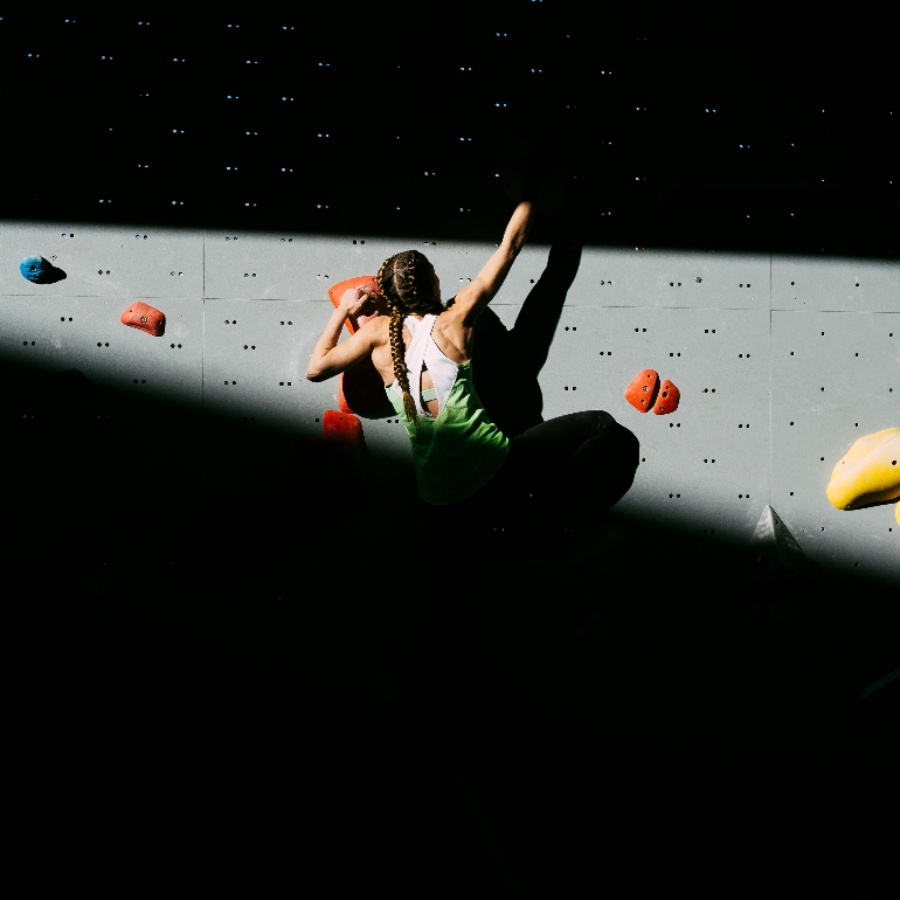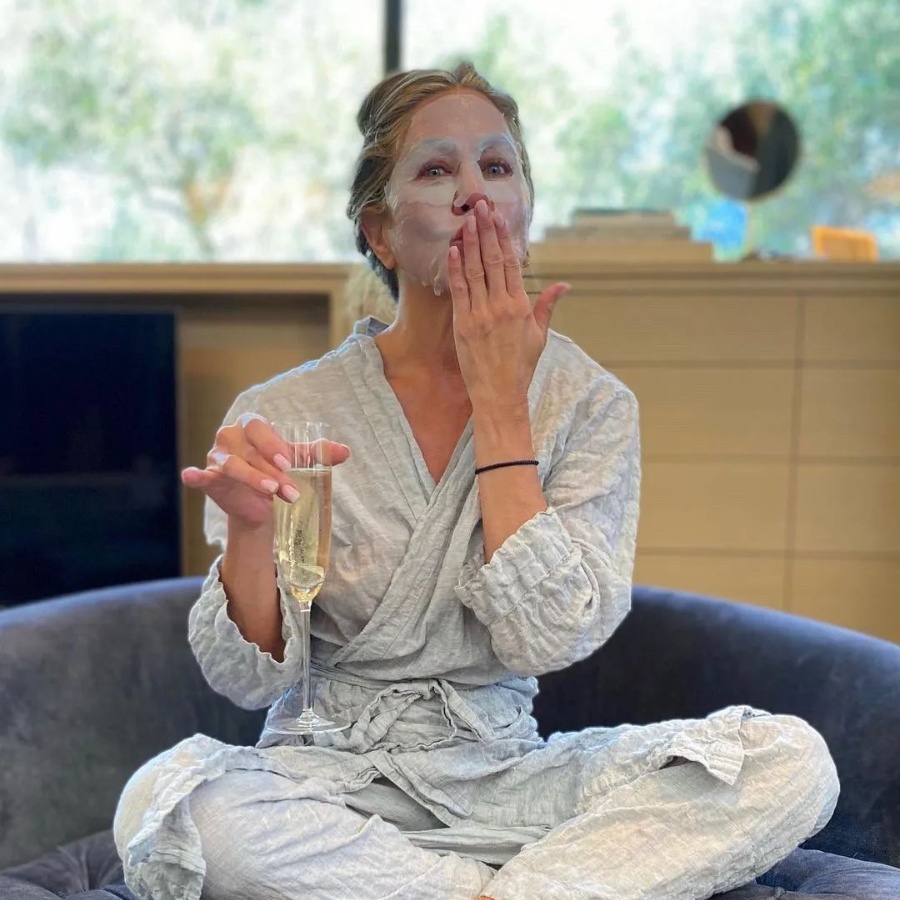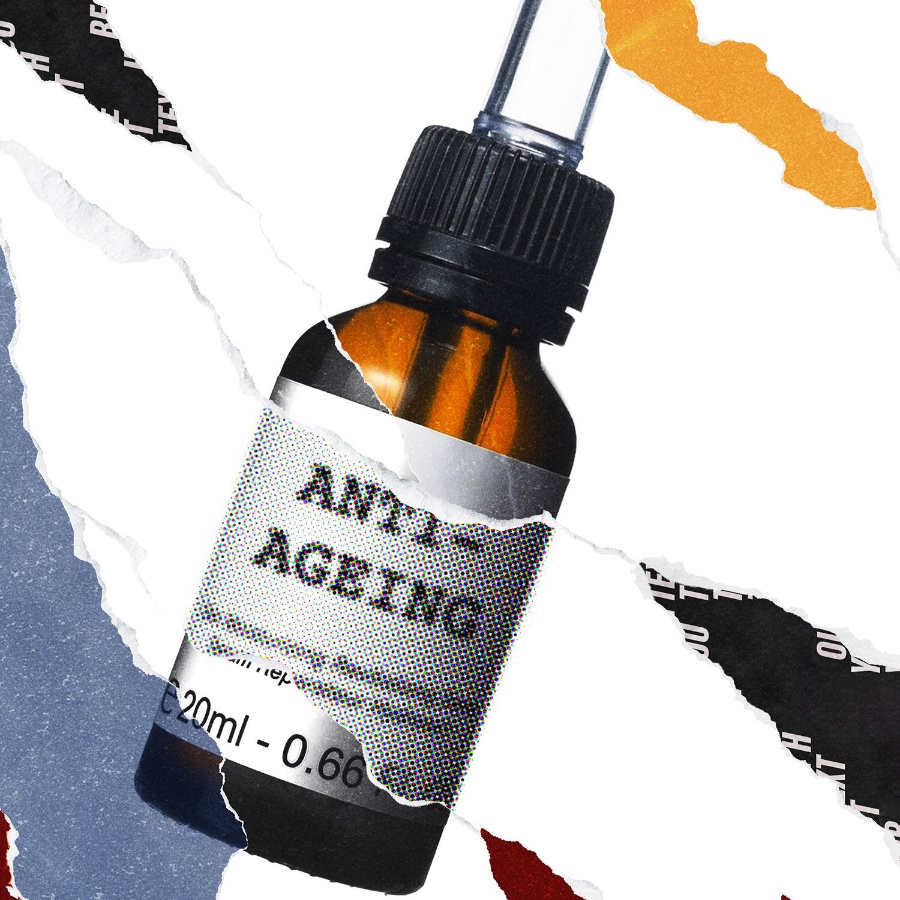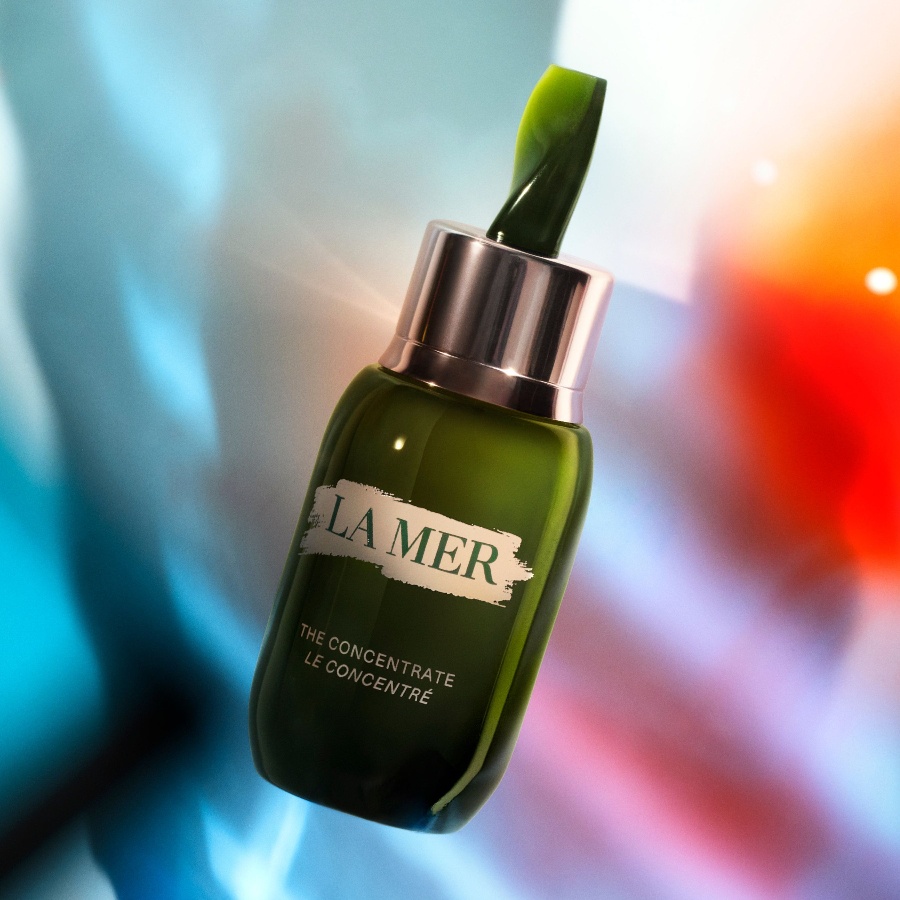Even if you’ve never attended a sound-healing session, the sound of it would make you think of a dimly lit, patchouli-scented room in which the reverberations of a gong or singing bowl lull you into meditative bliss. Now imagine that sound to be shuffling beats, pulsating bass, or even a close cousin of the genre known as techno? You’d think we are joking.
For Gen Z, a generation that is turning to angel numbers, zodiac signs, and manifestation rituals to make sense of the world, it seems even spirituality is getting an image change—seeping into our Spotify playlists and weekend plans. Call it nu-age reverie or woo-woo healing, but a bunch of music producers and DJs across the globe are giving electronic music a ‘wellness’ spin. Bypassing celestial vocals and ambient set lists designed to make you sink into your sofa or bed, these dance music artists are changing the pace of our meditative music playlist.
Take the case of Lincoln Jesser, an American producer and artist who shot to fame in April this year after he dropped a track titled ‘Om Mani Padme Hum’, that transformed the Buddhist mantra into a catchy house track. “I had been leading sound baths and meditation sessions for friends and family for a few years, and was practising yoga and vipassana for about 10-15 years before I gradually started experimenting with sound as a sensory anchor,” shares Jesser, who typically plays music with frequencies of 528 Hz, a solfeggio frequency said to induce a state of relaxation and 432 Hz, which proponents believe enhances focus and intentionality. “It was like suddenly, all these dots just connected for me.”
Even though there isn’t enough evidence to suggest these tracks have any legit mental health benefits, it hasn’t stopped millions of people from listening to them anyway (Jesser himself has half a million, following me on Instagram).
What has been documented, is that music is often a communal experience, and it can restore us in times of distress. A study in the journal Frontiers in Psychology found that music therapy can boost mood and reduce chronic pain, while another in Consciousness and Cognition concluded that listening to electronic music can help induce a state of deep concentration. So, is listening to wellness-infused EDM the ultimate cure for our overworked and over-stimulated minds? Unlikely—but one could argue that the culture this sub-genre is building could be healing in its own way. It offers a sense of community that feels mindful and spiritual, and doesn’t leave you nursing a bad hangover the next morning. “[People are slowly realising that] if they’re going to be out till 4 am, and listen to music for hours, their vibration should stay as high as possible,” says US-based DESNA, who was one of the first artists to employ sound-healing frequencies in techno, in 2021.
DESNA began experimenting with therapeutic sound vibrations when her stepfather was diagnosed with cancer, and an Eastern medicine specialist recommended healing sound frequencies to help with the pain of chemotherapy. Today, she’s built an Instagram community of over 32,000 people, who follow her label, Frequency Made Music, which is dedicated to growing the sub-genre. “I don’t over-promote any claims that haven’t been scientifically proven,” she explains, adding that she hopes the rising interest in this area leads to more scientific research around its long-term benefits.
“People are starting to feel the effects of living in an unconscious loop where you work hard, party hard, and then try to numb the symptoms of an unregulated nervous system with coping mechanisms that further unregulate it,” points out Karishma Kapoor, a healer who flits between Mumbai and Goa, and works the other way around—incorporating electronic music into sound-healing sessions through her wellness practice, ALL.KA.MI. Kapoor adds that this form of music could also help people who are on a spiritual journey to connect with like-minded individuals.
Given that the sober curious movement is de rigueur today, it won’t be surprising if this holistic, wellness-infused party movement only gets stronger with time. “If you can move your body to music that is engineered to help you heal and create more authentic bonding, that logically becomes the first step to staying sober,” says Kapoor. And even as research catches up with the beats, there’s no denying that a chemical-free, wellness-focused space to party can be a thrilling experience. “Moving is medicine,” Kapoor concludes, and it’s hard to argue with that.




